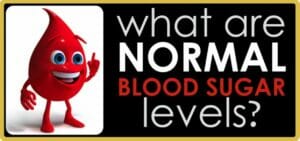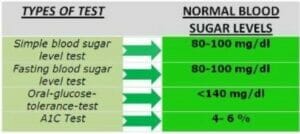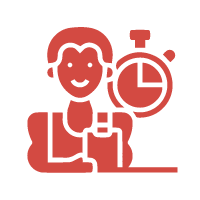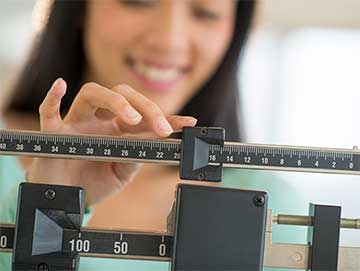 Checking your blood glucose (sugar) levels makes a difference when it comes overall health awareness. I like to teach my clients about 4 main ways to test their blood sugar and I will explain each way and the “target” levels for each.
Checking your blood glucose (sugar) levels makes a difference when it comes overall health awareness. I like to teach my clients about 4 main ways to test their blood sugar and I will explain each way and the “target” levels for each.
- Fasting before a meal (Preprandial)
- After a meal – Postprandial PPG
- Random
- Hemoglobin A1c Test (HbA1c)
Let’s review each one.
1. FASTING BLOOD SUGAR LEVELS
After fasting, a person without diabetes or prediabetes will have a blood sugar between 70 to 99 mg/dL, according to the American Diabetes Association (ADA). If a person has a diagnosis of diabetes, ADA’s target range for home checks of fasting, or premeal blood sugars is between 80 to 130 mg/dL. ADA does not yet have specific testing targets for prediabetes, so ask your doctor for guidance. However, people with prediabetes should try to achieve readings at least within the diabetes target range.
However, depending on your personal health condition, your doctor may set preprandial glucose readings that are different than these guidelines, so make sure you know what numbers you’re aiming for.
2. AFTER A MEAL – Postprandial glucose (PPG) levels — meaning ‘sugar after the meal’ — give you more important information about how the body is able to manage glucose after a meal
If you do not have diabetes or  , your blood sugars may rise only slightly after meals — typically not exceeding 140 mg/dL when checked 2 hours after the start of a meal.
, your blood sugars may rise only slightly after meals — typically not exceeding 140 mg/dL when checked 2 hours after the start of a meal.
If you have diabetes, ADA recommends post-meal blood sugars stay below 180 mg/dL. If your readings exceed this, you may be able to improve them. For instance, blood sugar can often be reduced by eating smaller meals, choosing healthful, high fiber foods, increasing physical activity, and by taking prescribed diabetes medications on time. If your readings are consistently above target, work with your doctor and diabetes care team to discuss solutions. Dr. Kumar, an assistant professor of endocrinology at the University of Texas at Austin says
“Glucose levels begin to rise about 10 minutes after the start of a meal and peak two hours after a meal. The glucose levels [then] return to pre-meal levels within two to three hours.”
3. RANDOM BLOOD SUGAR TEST
This test is completed at random intervals during the day. It doesn’t matter what or when you ate, and whether or not you have exercised at all. If the reading is between 80mg/dl and 140mg/dl, then your blood glucose is normal.
REFERENCE – www.livestrong.com/article/265900-normal-blood-sugar-range-after-meals/

4. HEMOGLOBIN A1c
Often abbreviated often abbreviated HbA1c, is a form of hemoglobin (a blood pigment that carries oxygen) that is bound to glucose. The A1C test measures your average blood glucose during the previous 2-3 months, but especially during the previous month. For people without diabetes, the normal A1C range is 4 – 6%. For people with diabetes, an A1C value below 7% greatly lowers health risks.
CLICK HERE TO JOIN MY NEXT SUGAR CLEANSE




























